List of Cryptocurrencies You Need to Know
Most people can name at least one cryptocurrency, and chances are good it’s both Bitcoin or Ethereum. Because the debut of Bitcoin — and the dawn of cryptocurrency — in 2008 by the mysterious and pseudonymous Satoshi Nakamoto, tens of thousands of cryptocurrencies have been released.
Estimates for the number of cryptocurrencies vary from 12,000 to 19,000 worldwide. Some are extra well-known than others. Some have sprouted up solely to wither and die below the heat of the rollercoaster cryptocurrency market: Total market capitalization reached $3 trillion in November of 2021 and in June of 2022, dipped below $1 trillion.
Types of Cryptocurrencies
Dive into the cryptocurrency world and you’ll see three phrases pop up when referring to crypto: stablecoins, altcoins and tokens.
Stablecoins are pegged to the value of a hard currency, for example the Japanese yen, U.S. dollar or Euro. Altcoins are something aside from Bitcoin, which is a unique cryptocurrency. Tokens are synonymous with cryptocurrency and are used to describe any coin other than Bitcoin and Ethereum.
This may be complicated because some blockchains, for instance Ethereum, issue coins that are each stable (pegged to a hard currency) and tokens (not stable).
CRYPTOCURRENCY TERMS TO KNOW
- Altcoin: A cryptocurrency other than Bitcoin.
- Burning: The deliberate destruction of cryptocurrency tokens to spice up the worth of currency already in circulation.
- Consensus mechanism: A system used to validate transactions and ensure blockchain security.
- Fiat currency: Issued by a government however not backed by a commodity, equivalent to gold or silver.
- Gas: The fuel required to execute a transaction on the Ethereum blockchain.
- ICO: Initial Coin Offering; much like an IPO, it’s how cryptocurrency firms raise money to launch a new coin or service.
- Mining: Creating new cryptocurrency, without having to pay for it, by solving puzzles. Miners want mining hardware and a crypto wallet to work.
- Proof-of-work: The original consensus mechanism: crypto miners do the securing and validating by fixing mathematical puzzles and are rewarded with crypto.
- Proof-of-stake: A newer consensus mechanism: Users who stake, or maintain, massive amounts of cryptocurrency on a blockchain are chosen at random to validate transaction blocks.
- Stablecoin: Cryptocurrency pegged to a “hard” currency, such as the yen or Euro.
- Token: Synonymous with “cryptocurrency” and in addition a word for any cryptocurrency aside from Bitcoin and Ethereum.
List of Cryptocurrencies
AVALANCHE

Avalanche (AVAX), a token on the Avalanche blockchain, was first launched in 2020. It's traded on 25 exchanges. events can earn AVAX by way of participating in decentralized finance (DeFi) projects, including AAVE, which lets customers earn curiosity and borrow assets; Benqi, an algorithmic liquidity market protocol; Curve, a stablecoin liquidity pool; and Sushi, a DeFi innovating platform, in keeping with the Avalanche web site.
BINANCE
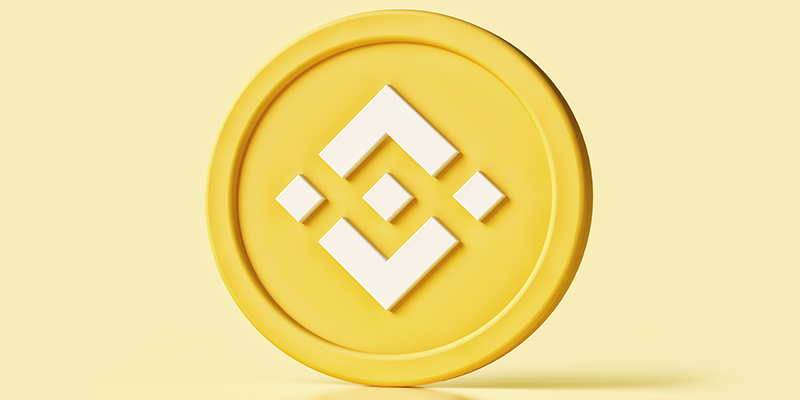
Binance (BNB) powers the BNB chain ecosystem, and is the native coin of the BNB Beacon and BNB Smart chains, in keeping with the Binance website. BNB can be used to pay for trading charges on BNB’s decentralized trade, pay transaction charges on the Good and Beacon chains, and pay for purchase online and in shops utilizing a Binance Card or Binance Pay, a contactless fee technology. Holders of BNB can even guide journey arrangements on Travala.com, according to the website, and donate on Binance Charity.
BITCOIN
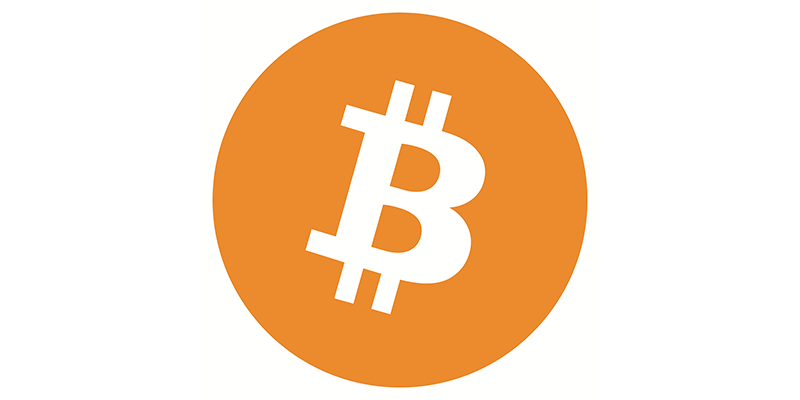
Bitcoin (BTC) was created in 2008 and launched in 2009 by Satoshi Nakamoto, a pseudonym for a single or a group of programmers who pioneered blockchain, the technology on which Bitcoin and all cryptocurrency is built. Bitcoin is broadly acknowledged as the original “decentralized digital foreign money,” that means it may be traded peer to look, and not using a middleman-type entity equivalent to a financial institution. Bitcoin is open supply; its website urges participation by way of mining, enhancing the software and donating to the BitGive Foundation.
BITCOIN CASH
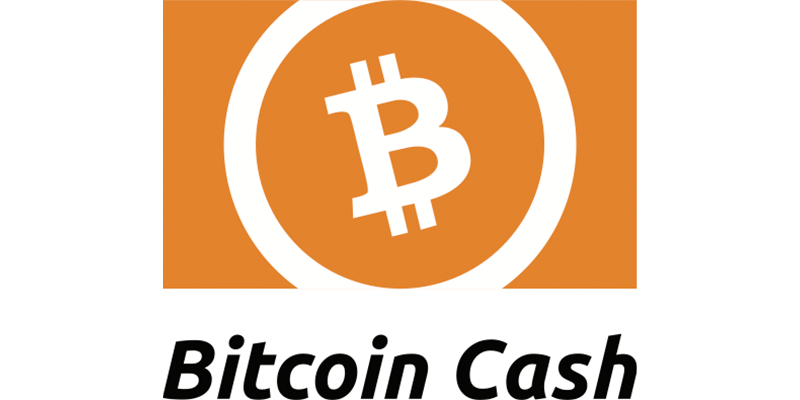
Bitcoin Cash (BCH), a Bitcoin spinoff, launched in 2017. Its trading pairs are the U.S. dollar, the Euro, the Japanese yen and the Chinese yuan. Bitcoin Money’s web site touts it as “the perfect cash on this planet” as a result of it’s fast and easy to use, reliable, has low charges, is safe and is built on a stable system.
CARDANO

Cardano (ADA) is the blockchain; its token is named after mathematician Ada Lovelace. Cardano, which is open source, was launched in 2015 by Charles Hoskinson, a co-founder of Ethereum. Its foundation is Ouroboros, which the website describes as “the primary provably safe proof-of-stake protocol” (versus proof-of-work protocol) and the primary blockchain protocol built primarily based on peer-reviewed research.
DOGECOIN
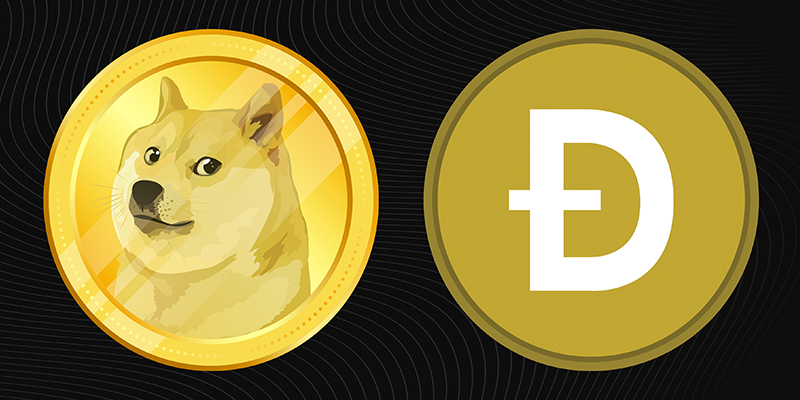
Dogecoin (DOGE) was inspired by the Japanese breed Shiba Inu, which is the coin’s mascot. Dogecoin was launched in 2013 and is considered the primary meme crypto; its website touts the coin as “enjoyable and pleasant” with alternatives to interact with different customers by way of Reddit and Discord. Customers can purchase Dogecoin, commerce for it, or get tipped in Dogecoin by collaborating within the Dogecoin group, the web site says. DogecoinFah allows customers to hitch the Folding@Home initiative, which helps scientists discover cures for Alzheimer’s, Covid and many cancers.
ETHEREUM
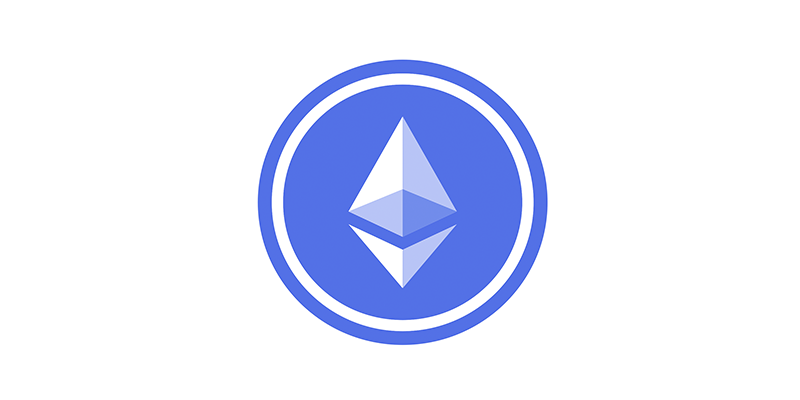
Ethereum is the blockchain; Ether (ETH) is the altcoin, though the currency is typically known as Ethereum. It was created in 2013 and is the second-biggest cryptocurrency, measured by market capitalization, after Bitcoin. Like fractional shares, Ether is offered in tiny shares of one coin, in keeping with the website. The tutorial on Ether says it's the major type of collateral in decentralized-finance lending markets, as well as payment in NFT marketplaces.
LITECOIN
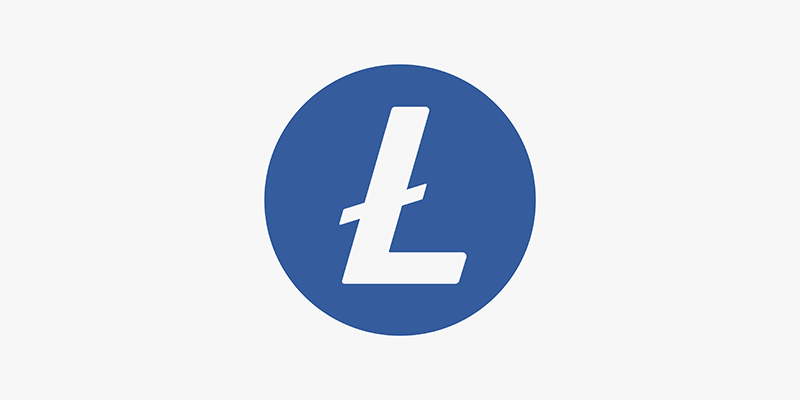
Litecoin (LTC) is a product of the Litecoin blockchain, and was created in 2011 by former Google engineer Charles Lee. The open-source, peer-to-peer currency is appropriate for “instant, near-zero value funds to anybody in the world,” in keeping with the Litecoin website. It boasts quicker confirmation instances for transactions, in addition to a wallet secured by encryption. The Litecoin website says that its blockchain can deal with extra quantity than Bitcoin. Litecoin miners obtain rewards — 12.5 new cash for every block, the website says.
POLKADOT

Polkadot (DOT) is an open-source project supported by the Web3 Foundation. In June of 2022, it unveiled the beta version of a dashboard that simplifies staking (holding and incomes interest on) of DOT. It was based by Gavin Wooden, an Ethereum co-founder, in 2020 as a way to “perhaps create the subsequent model of Ethereum,” Wooden said in a 2021 Protocol interview.
POLYGON
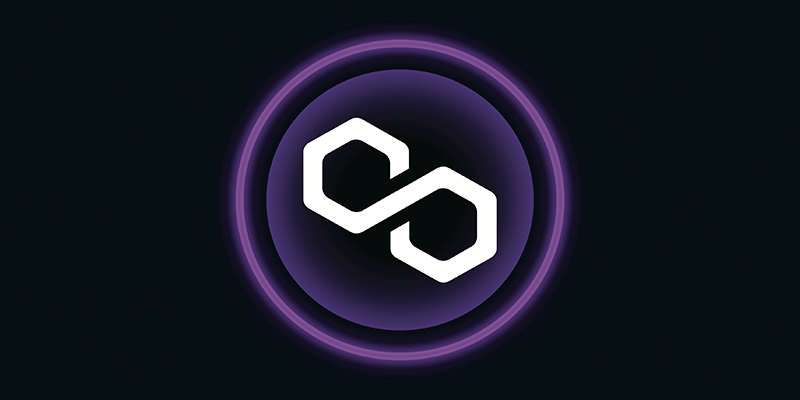
Polygon (MATIC) has a maximum provide of 10 billion tokens; 3.8 percent had been released at its first private sale in 2017, in keeping with an article on tech-knowledge compendium Golden. Polygon the blockchain, also known as the Matic Network, was launched in 2017 and is an open-source project.
RIPPLE
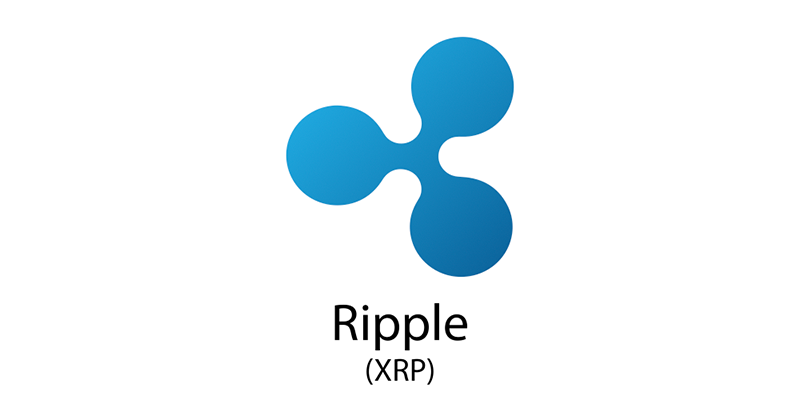
Ripple (XRP) runs on the XRP Ledger blockchain, a decentralized, open-source challenge. Ripple’s website touts the currency as a tool for quicker, cheaper cross-border transactions; a “extra accessible” various to conventional banking and a method to move currencies around the world. It claims transaction prices of a tiny fraction of a cent, in addition to a transaction pace of three to five seconds.
TETHER
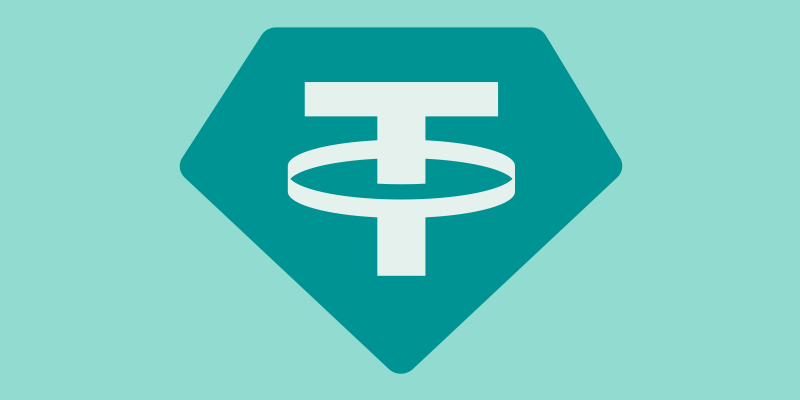
Tether (USDT) is pegged to the U.S. dollar; first issued in 2014, it says it's the world’s first stablecoin. Tether Gold (XAUt), one other Tether providing, is a token pegged to a fine troy ounce of gold on a London Good Delivery bar, in keeping with the Tether website. The website touts the currency as “100% backed and absolutely clear,” with whole assets and reserves printed daily.
USD COIN
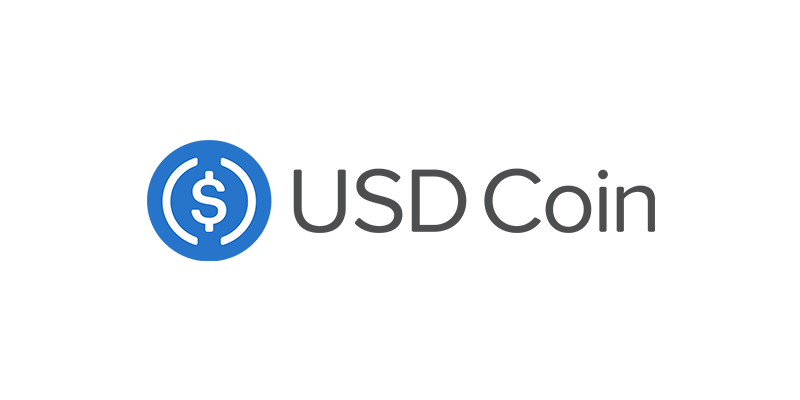
USD Coin (USDC) is “an open source, smart contract-based stablecoin,” in keeping with the website for Centre, an open-source challenge launched by Circle and Coinbase. USDC, which is billed because the world’s second-largest stablecoin, was launched in September of 2018. In March of 2021, Visa mentioned it could permit USDC to be used to settle transactions on its payment network.



Comments
Post a Comment